The landscape of distributed systems has witnessed significant evolution in recent years, particularly in the realm of transaction processing protocols. As enterprises increasingly adopt microservices and cloud-native architectures, the demand for robust, scalable, and efficient distributed transaction solutions has never been higher. This evaluation delves into the latest advancements in distributed transaction protocols, examining their performance, trade-offs, and real-world applicability.
Understanding the Challenges of Distributed Transactions
Distributed transactions inherently face the CAP theorem constraints, where consistency, availability, and partition tolerance cannot be simultaneously guaranteed. Traditional two-phase commit (2PC) protocols, while providing strong consistency, often suffer from performance bottlenecks and single points of failure. The quest for alternatives has led to the emergence of novel approaches that balance these trade-offs differently.
One notable trend is the shift towards eventual consistency models and optimistic concurrency control. These approaches prioritize availability and partition tolerance while providing mechanisms to reconcile inconsistencies over time. However, this comes at the cost of increased application complexity, as developers must handle temporary inconsistencies and implement compensation logic.
Emerging Protocols and Their Innovations
The latest generation of distributed transaction protocols introduces several groundbreaking concepts. Hybrid models combining the best aspects of 2PC and eventual consistency are gaining traction. These protocols dynamically adjust their behavior based on network conditions and workload characteristics, offering a more adaptive solution to the distributed transaction problem.
Another significant development is the incorporation of machine learning techniques to predict and prevent transaction conflicts. By analyzing historical transaction patterns, these intelligent protocols can optimize their coordination strategies, reducing abort rates and improving overall throughput. This represents a fundamental shift from purely deterministic approaches to more adaptive, data-driven solutions.
Performance Considerations in Modern Implementations
When evaluating these new protocols, latency remains a critical metric. While traditional approaches often incurred significant coordination overhead, newer protocols employ various optimization techniques. These include parallel validation, speculative execution, and reduced message rounds, all contributing to lower latency and higher throughput.
Resource utilization patterns also differ markedly between protocols. Some newer approaches demonstrate superior scalability by minimizing shared state and reducing coordinator dependencies. This makes them particularly suitable for geographically distributed deployments where network latency varies significantly.
Real-world Adoption and Operational Considerations
The transition from academic proposals to production-ready implementations reveals additional dimensions of evaluation. Operational complexity, monitoring capabilities, and debugging support become crucial factors in protocol selection. Some newer protocols offer superior observability features, providing detailed insights into transaction lifecycles and failure modes.
Integration with existing infrastructure also plays a pivotal role in adoption decisions. Protocols that offer compatibility layers for popular databases and message queues tend to see faster enterprise adoption. This practical consideration often outweighs pure technical superiority in many deployment scenarios.
Security Implications of Modern Approaches
As distributed transaction protocols evolve, their security characteristics must be carefully examined. Newer protocols often employ sophisticated cryptographic techniques to ensure transaction integrity while maintaining performance. Zero-knowledge proofs and other privacy-preserving technologies are being incorporated to address confidentiality concerns in multi-party transactions.
The security-performance trade-off presents an ongoing challenge. Protocols must balance the need for rigorous validation against the imperative to maintain low latency. This has led to innovative approaches like incremental verification and selective encryption based on transaction sensitivity.
Future Directions and Open Challenges
Looking ahead, the intersection of distributed transactions with emerging technologies presents both opportunities and challenges. The integration with serverless architectures and edge computing environments requires protocols to adapt to even more dynamic and heterogeneous environments. Quantum-resistant cryptographic primitives may also become necessary as quantum computing advances.
Standardization efforts will play a crucial role in the ecosystem's maturation. While innovation thrives in diverse approaches, the industry would benefit from common interfaces and benchmarks to facilitate objective comparison and interoperability. This remains an active area of discussion among researchers and practitioners alike.
The evaluation of new distributed transaction protocols reveals a rapidly evolving field where theoretical advances meet practical constraints. As the technology continues to mature, organizations must carefully assess these solutions against their specific requirements, considering not just technical merits but also ecosystem support and long-term viability.
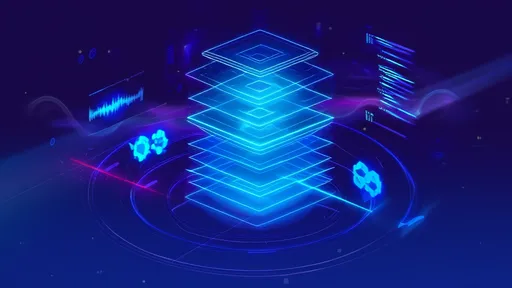
By /Jul 11, 2025

By /Jul 11, 2025

By /Jul 11, 2025

By /Jul 11, 2025
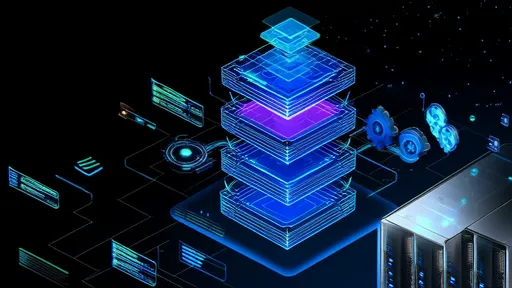
By /Jul 11, 2025
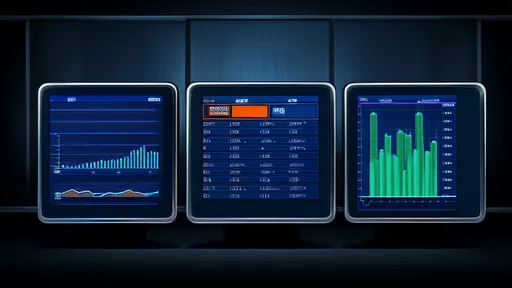
By /Jul 11, 2025

By /Jul 11, 2025
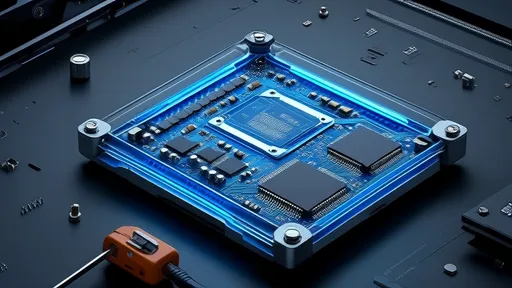
By /Jul 11, 2025

By /Jul 11, 2025

By /Jul 11, 2025
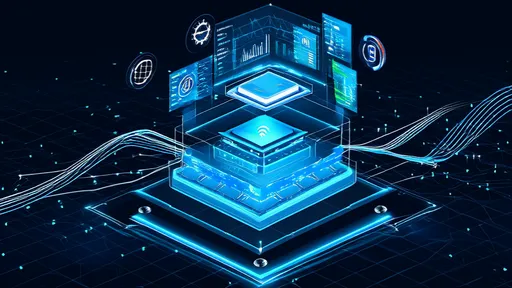
By /Jul 11, 2025
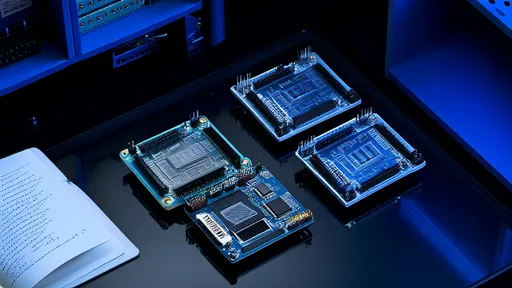
By /Jul 11, 2025

By /Jul 11, 2025

By /Jul 11, 2025

By /Jul 11, 2025

By /Jul 11, 2025
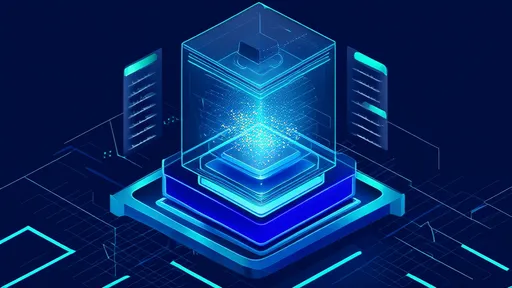
By /Jul 11, 2025

By /Jul 11, 2025